Do you have a question about the Visonic MCW and is the answer not in the manual?
Microprocessor-controlled wireless digital PIR detector with uniform detection sensitivity and wall creep zone protection.
Includes PowerCode transmitter, True Motion Recognition, frequency domain signal processing, and programmable motion event counter.
Dual element low-noise pyroelectric sensor with curtain beams and maximum coverage details.
Details on internal battery, nominal capacity, standby and transmit current drain, and battery life.
Frequency, transmission sequence, encoding, and message length for wireless communication.
Covers motion event verification, alarm period, visual indications (LEDs), and rearm timer.
Recommended height and installation options like surface or corner mounting.
Lists optional brackets like swivel, corner, and ceiling adapters for mounting.
Details RFI protection, operating and storage temperatures, and compliance standards.
Dimensions, weight, color, and patent information for the detector.
Provides essential advice before beginning the installation process.
Step-by-step guide for disassembling the unit, installing the battery, opening holes, and mounting the base.
Instructions on how to carefully disassemble the detector unit.
Guidance on battery installation, reset procedure, and enrolling the detector's ID.
Instructions for opening mounting holes in the base for surface or corner installation.
Steps for mounting the detector base at the recommended height, including tamper protection.
Guidance on setting the jumpers for motion event count and LED functions.
Procedure for performing a walk-test to verify the detector's coverage and motion detection.
Summary of LED behavior based on jumper position and time after closing the cover.
Discusses limitations of wireless systems, potential for interference, and factors affecting detector performance.
Details compliance with FCC Part 15 rules and warnings regarding modifications.
Information on frequency allocations for wireless devices in European (EU) countries.
Recommendations for battery replacement and disposal.
Microprocessor-controlled wireless digital PIR detector with uniform detection sensitivity and wall creep zone protection.
Includes PowerCode transmitter, True Motion Recognition, frequency domain signal processing, and programmable motion event counter.
Dual element low-noise pyroelectric sensor with curtain beams and maximum coverage details.
Details on internal battery, nominal capacity, standby and transmit current drain, and battery life.
Frequency, transmission sequence, encoding, and message length for wireless communication.
Covers motion event verification, alarm period, visual indications (LEDs), and rearm timer.
Recommended height and installation options like surface or corner mounting.
Lists optional brackets like swivel, corner, and ceiling adapters for mounting.
Details RFI protection, operating and storage temperatures, and compliance standards.
Dimensions, weight, color, and patent information for the detector.
Provides essential advice before beginning the installation process.
Step-by-step guide for disassembling the unit, installing the battery, opening holes, and mounting the base.
Instructions on how to carefully disassemble the detector unit.
Guidance on battery installation, reset procedure, and enrolling the detector's ID.
Instructions for opening mounting holes in the base for surface or corner installation.
Steps for mounting the detector base at the recommended height, including tamper protection.
Guidance on setting the jumpers for motion event count and LED functions.
Procedure for performing a walk-test to verify the detector's coverage and motion detection.
Summary of LED behavior based on jumper position and time after closing the cover.
Discusses limitations of wireless systems, potential for interference, and factors affecting detector performance.
Details compliance with FCC Part 15 rules and warnings regarding modifications.
Information on frequency allocations for wireless devices in European (EU) countries.
Recommendations for battery replacement and disposal.
| Brand | Visonic |
|---|---|
| Model | MCW |
| Category | Security Sensors |
| Language | English |
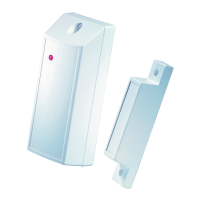
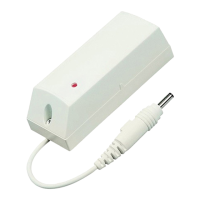
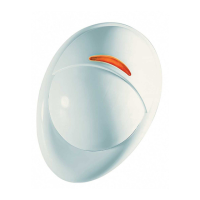
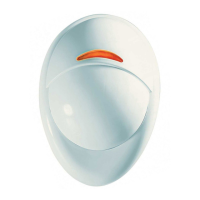


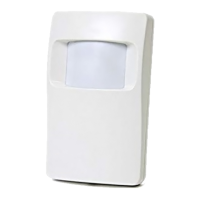
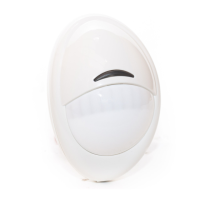
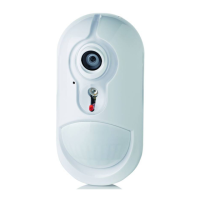

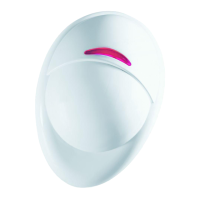
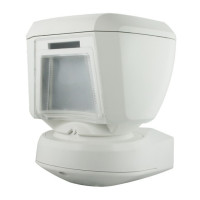
